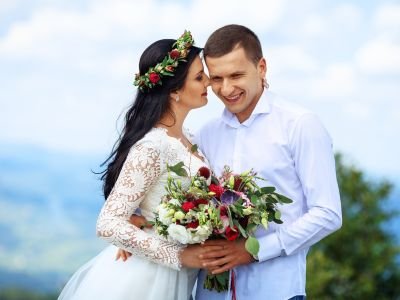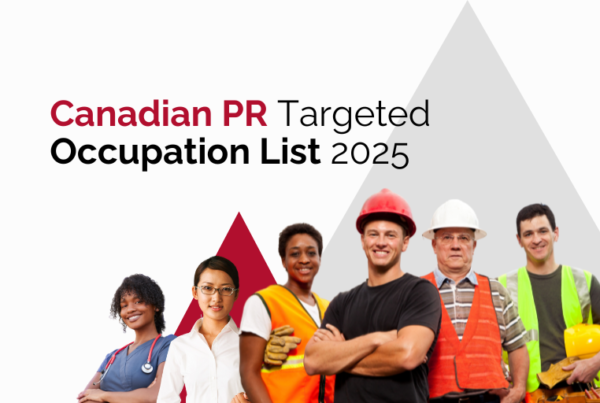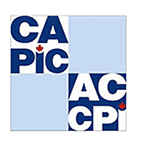Raj immigrated to Canada from India six years ago. Eventually, he became a Canadian citizen about two years ago. On a trip to India, Raj met his high school friend Priya. They dated for about a month while Raj was in India. He came back to Canada, but they continued their relationship over the phone, email, and WhatsApp for over two years. Raj eventually proposed to Priya six months ago. Luckily, Priya said yes. Raj is curious about the possibility of Priya visiting Canada, allowing them to unite in marriage.
When it comes to love, borders should never be a barrier. Canada, known for its welcoming immigration policies, offers pathways for bringing your fiancé or fiancée to join you on Canadian soil. There is no specific Canadian fiancé visa category like in some other countries, such as the United States.
Instead, the process involves a few essential steps: obtaining a visitor visa, getting married in Canada, and applying for permanent residency through a spousal sponsorship program. In this comprehensive guide, we will delve into each stage of this journey, ensuring you have all the details to unite with your beloved.
1. Visitor Visa (Temporary Resident Visa – TRV)
The first step in bringing your fiancé or fiancée to Canada is securing a Temporary Resident Visa (TRV), commonly known as a visitor visa. This visa allows your loved one to enter Canada temporarily, with the intention of getting married and eventually applying for permanent residency. The key details include:
Application Process: Start by applying for a TRV through the Immigration, Refugees, and Citizenship Canada (IRCC) website or a Visa Application Centre (VAC) in your home country. Be sure to apply well in advance of your planned wedding date.
Validity: TRVs are typically issued with a specific validity period. Your fiancé or fiancée must leave Canada before the visa expires unless an extension is applied for and granted.
Eligibility: To be eligible for a TRV, your loved one must demonstrate strong ties to their home country, such as employment, family, or assets, to prove their intention to return after their visit.
2. Getting Married
Once your fiancé or fiancée arrives in Canada on the TRV, you can proceed with the wedding preparations. However, ensure you follow the legal requirements for getting married in the province or territory where your wedding will take place:
Legal Requirements: These can vary depending on your location but often include obtaining a marriage license, having witnesses present, and arranging for an authorized officiant to conduct the ceremony.
Validity of Marriage: Adhering to these requirements ensures your marriage is legally valid in Canada, a crucial step for the subsequent permanent residency application.

Start Your Spouse Visa Journey Today!
3. Spousal Sponsorship for Permanent Residency
After your wedding, you can embark on the journey of sponsoring your spouse for permanent residency in Canada. This is where the term “Canada fiance visa” is replaced by the reality of spousal sponsorship. Let’s explore the two primary categories for this sponsorship:
Inland Spousal Sponsorship
Inland spousal sponsorship is ideal if your spouse is already in Canada on a valid visitor visa or another temporary status. This category offers several advantages:
Open Work Permit: Your spouse can apply for spouse open work permit, enabling them to work in Canada while their sponsorship application is processed.
Living Together: Inland sponsorship allows you to live together in Canada throughout the application process, fostering a smooth transition to permanent residency.
Outland Spousal Sponsorship
If your spouse is outside Canada, you can pursue outland spousal sponsorship. This category is designed for couples who are temporarily separated due to travel restrictions or other reasons:
Application Flexibility: Your spouse does not need to be physically present in Canada for you to submit an outland application. This flexibility is especially valuable during situations that prevent physical reunions.
Visiting Canada: Despite being an outland applicant, your spouse can still visit you in Canada during the processing of their application, fostering your connection.
4. Application Process
The spousal sponsorship application consists of two main steps: the sponsor’s application and the spouse’s application for permanent residency. Here’s a closer look at these stages:
Sponsor’s Application: As the sponsor, you initiate the process by applying to sponsor your spouse for permanent residency. This application requires you to demonstrate your eligibility as a sponsor, including financial capability.
Spouse’s Application for Permanent Residency: Simultaneously, your spouse must apply for permanent residency. This application involves providing documents to prove their eligibility and the authenticity of your relationship, including marriage certificates and shared assets.
Read more: Documents Required for Spouse Visa Canada
5. Processing Time and Approval
The processing time for spousal sponsorship applications can vary, depending on factors such as the category (inland or outland) and the volume of applications being processed. Patience is key during this stage. Once the application is approved, your spouse will receive permanent resident status in Canada, a significant milestone on your shared journey:
Permanent Residency: With permanent resident status, your spouse can live and work in Canada indefinitely. They can also access healthcare and enjoy the benefits of Canadian residents.
Path to Citizenship: After obtaining permanent residency, your spouse can eventually apply for Canadian citizenship, provided they meet the eligibility criteria.
Here is a guide on Inland vs Outland Spousal Sponsorship Canada

Bring Your Partner to Canada and Start Living Together
Need help?
Bringing your fiancé or fiancée to Canada to start a new life together is a journey filled with love and hope. While the term “Canada fiance visa” may not be a formal part of the process, Canada’s welcoming immigration policies ensure that love knows no borders.
In your journey to unite with your fiancé or fiancée in Canada, having the right guidance is crucial. Elaar Immigration, led by Keshav Sharma, a regulated Canadian immigration consultant, specializes in all types of Spouse Visa and Spousal Open Work Permit applications.
Contact us for more info or Book a Quick Consultation with our experts.









